A Taste of Turkey: 20 Local Dishes to Try on Your Turkish Holiday
Difficult to pronounce; easy to eat, Turkish cuisine causes taste buds to tingle across the globe.
But if you've never visited this thrilling nation before, you might not know that Turkish dishes extend far beyond the famed doner kebab.
Here are 20 Turkish recipes to try next time you visit.
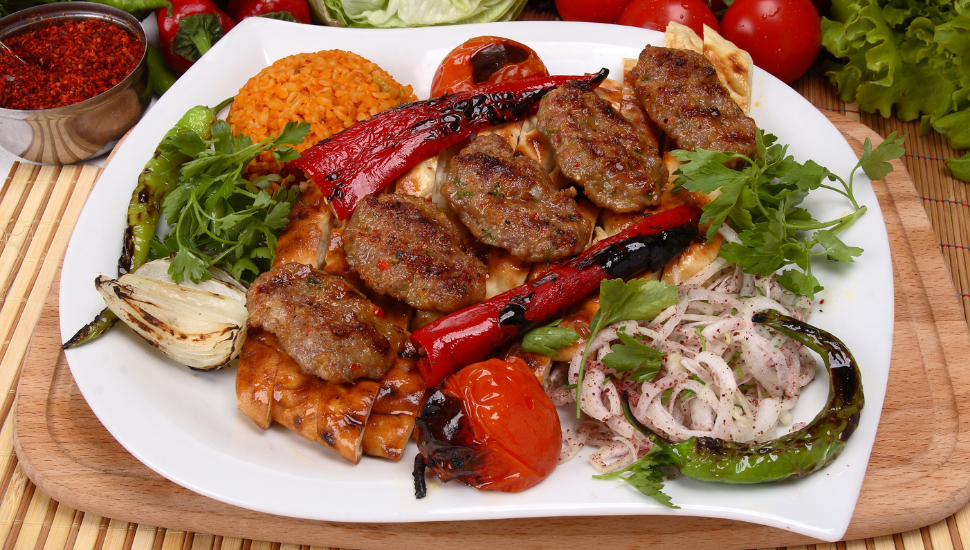
Köfte: Turkish meatballs
You may think the Swedes and the Italians have the meatball covered - but just wait until you sample the Turkish variant: köfte.
Made with lightly-cooked beef or lamb, onions, breadcrumbs and olive oil, in truth köfte are essentially similar to their European counterparts - but are served rather differently - usually in pita or wraps.
Köfte also comes in chickpea and vegetable variants - and can be served on salad or with yoghurt.
A key dish in any Turkish household, you'll also find Köfte sold in the street from Istanbul to Bodrum.
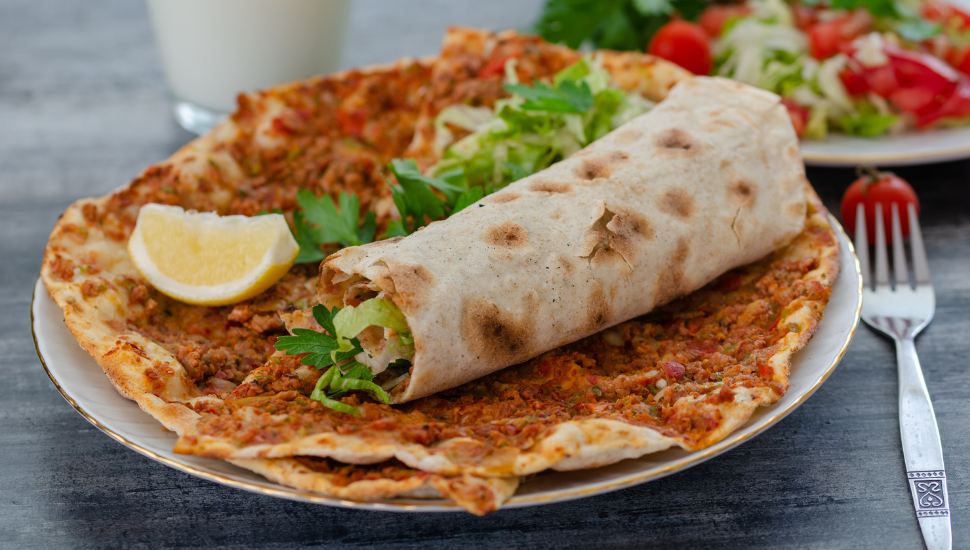
Lahmacun: Turkish-style pizza
The Italians may appear to dominate the realm of flatbreads with delicious toppings - but the Turks have their own version of the pizza: the lahmacun.
Usually topped with minced lamb, salad and lemon juice, lahmacun can be folded, halved or simply pulled apart as desired. Brown sugar, semolina flour, peppers and tomato paste are also often added.
Lahmacan is normally oval in shape, rather than the Italian circle.
Traditional Turkish lahmacun is not usually served with cheese - although in tourist areas you'll often find this option.
Menemen: Healthy egg-and-vegetable dish
For the vegetarian on a Turkish food tour, at first glance there may appear to be few meat-free options. However, closer inspection will reveal a number of possibilities, including menemen.
Essentially scrambled eggs combined with tomato paste, peppers, onions, paprika and oregano, this quickly-prepared Turkish breakfast dish is a light and tasty way to begin the day.
Often served with fresh bread and olives, it's safe for a vegetarian to request 'menemen' when out and about, since it's almost never made with meat.
Şiş kebap: Turkish seekh kebab
This quintessential example of Turkish cuisine consists of pieces of beef, chicken or fish on skewers usually combined with vegetables.
In Turkey, the dish is available in restaurants and street corner takeaways and often served with yoghurt. There are in fact no hard-and-fast rules when it comes to shish kebab marinade - as you'll discover if you try the dish in different locations across Turkey.
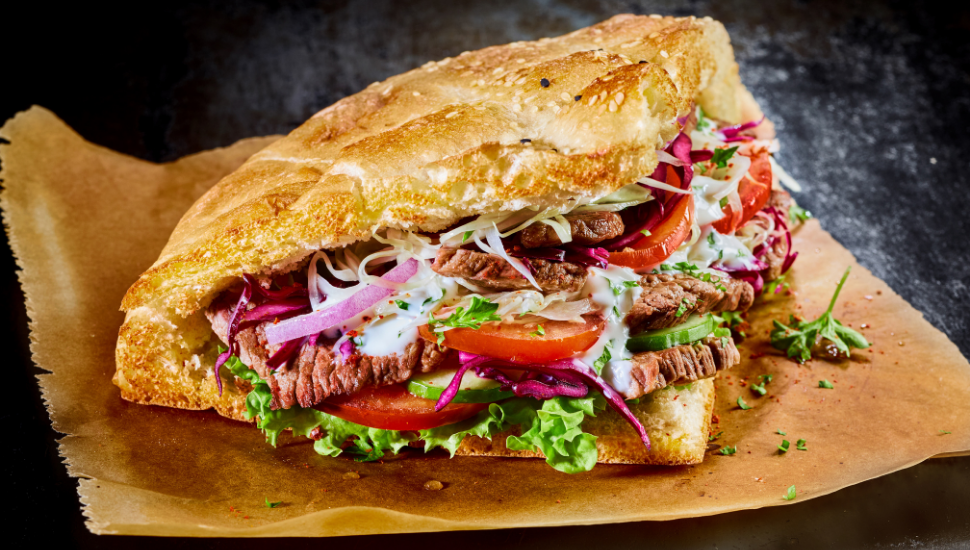
Döner kebab: the takeaway classic
Most Britons will be familiar with the döner kebab - a favourite among night-time revellers on the way home. But for the very best versions, a trip to Turkey is required.
Slow-cooked on a vertical rotisserie, the seasoned layers of meat are shaved off and served in pita or lavash bread, or by itself.
The best known, modern version of the doner kebab was developed by Turkish immigrants in Berlin during the 60s, but you'll find versions across the world, including the Arab Shawarma and the Greek gyros.
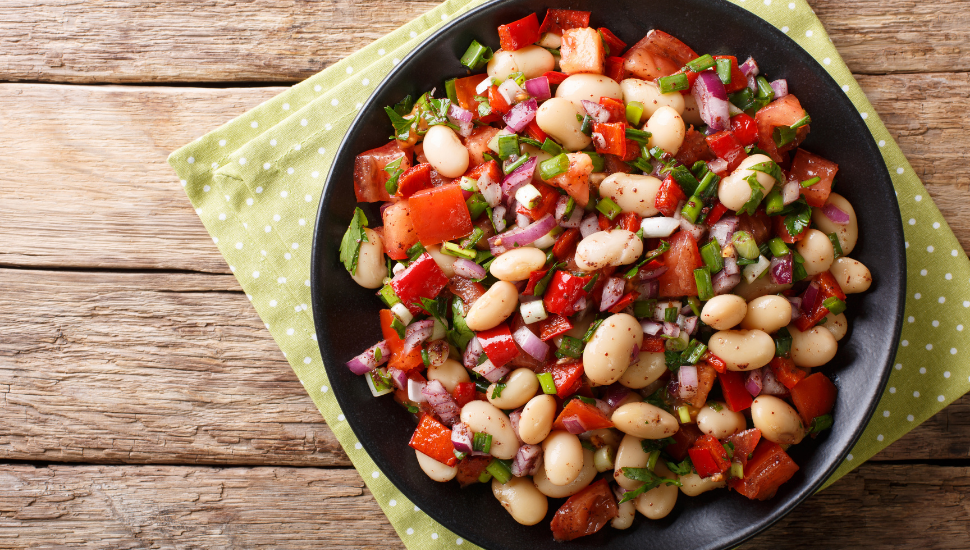
Piyaz: Zesty butter bean salad
The piyaz salad hails from Antalya and is one of the best-known of Turkey’s dishes.
The key ingredient of the piyaz salad is a type of butter bean called a candir. These are mixed with thinned tahini, vinegar, lemon juice, garlic, salt, parsley and olive oil. More traditional versions feature chopped-up boiled egg.
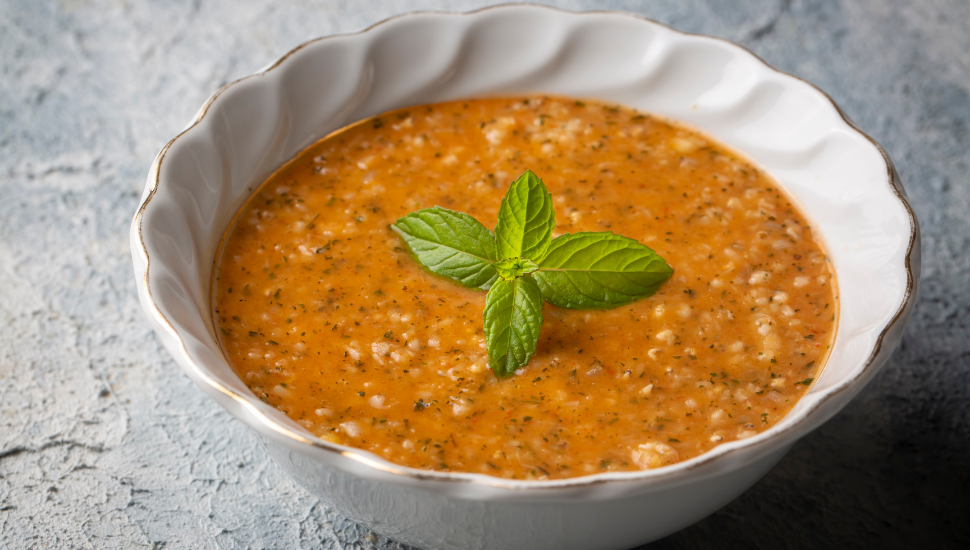
Ezogelin corbasi: Mother-in-law soup
Legend has it that this zesty soup was created by a woman who wanted to impress her mother-in-law by way of the stomach.
For ezogelin corbasi, red lentils are combined with hot or sweet tomato paste, freshly-grated tomatoes and onions, and finished with dried mint and chilli flakes sprinkled on top.
It's not clear if the dish delighted the mother-in-law or not, but it remains a popular dish with brides-to-be.
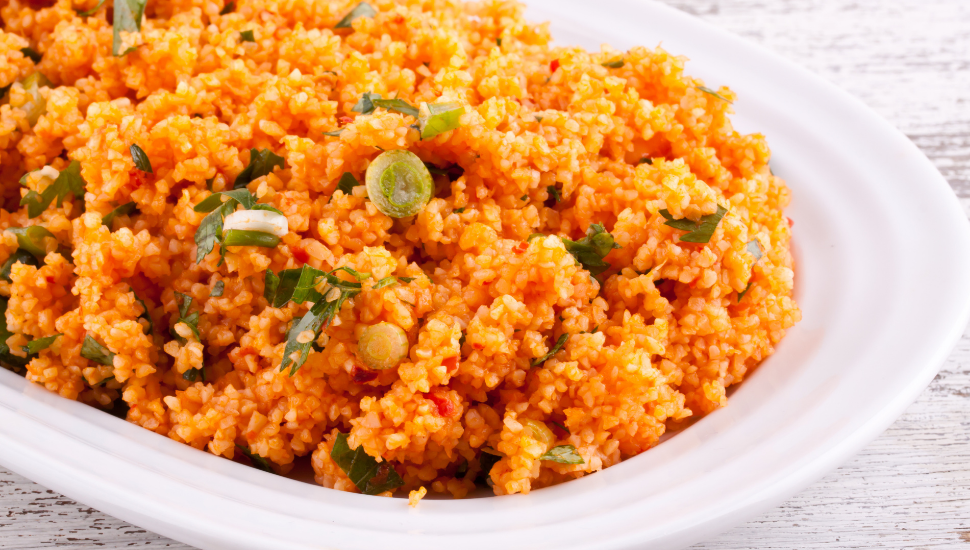
Kisir: Healthy, high-fibre salad
This quick, delicious salad traditionally comprises ground bulgur wheat, lemon juice, pomegranate molasses, peppers, lettuce, and olive oil.
As well as being very tasty, kisir is very high in fibre.
Southern Turks prefer it spicier.
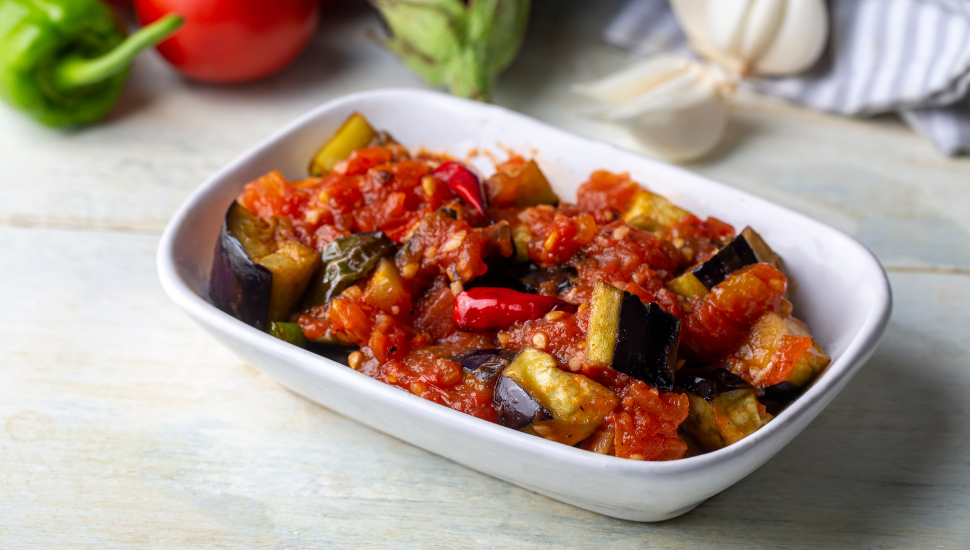
Saksuka: Eggplant casserole/soup
You'll have gathered by now that turkey has a good selection of vegetarian-suitable dishes - not least the super-healthy saksuka.
This eggplant-based dish is cooked with zucchinis, tomatoes, olive oil, garlic and chilli (and it gets spicier the further south you go).
Saksuka is a traditional Turkish food sure to keep meat-avoiders happy!
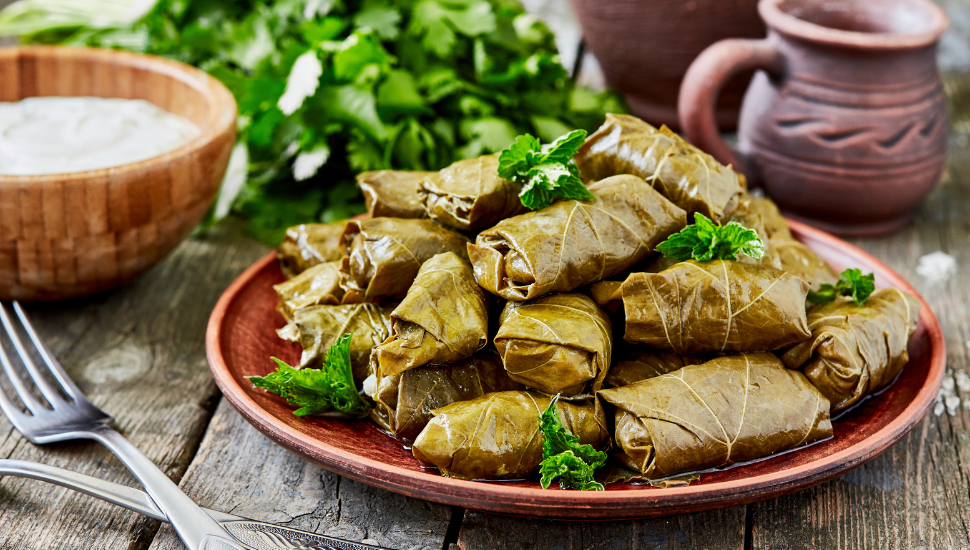
Yaprak dolma: Seasoned rice wrapped in vine leaves
This common street-food is made with rice cooked with tomatoes, parsley, garlic, olive oil, and black pepper, then wrapped in vine leaves.
The legend goes that the very best yaprak dolma are made with vine leaves picked at midnight in one's neighbour's garden.
There are also mincemeat versions on offer, so take care if your diet is meat-free!
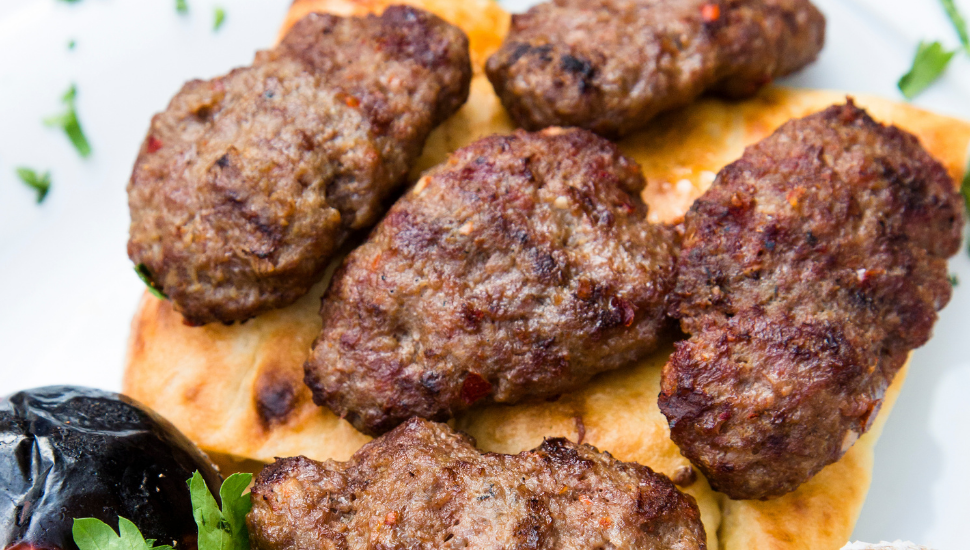
Inegol kofte: Breadcrumbed meatball
Returning to the meatball, the inegol kofte uses only ground beef or lamb mixed with breadcrumbs and seasoned with onions.
The inegol kofte was invented by Mustafa Efendi who migrated to Inegol in northwest Turkey during the 19th century.
Manti: Dough parcels of meat of cheese
These small squares of dough are made with various fillings, including meat and cheese.
The most popular type of manti is made in Kayseri in central Anatolia - a small dollop of mince wrapped in dough, boiled and served with yoghurt and chilli flakes.
According to legend, a 'good housewife' can create such tiny mantis that 40 can fit into a single spoon!
https://stock.adobe.com/uk/images/chef-cutting-turkish-cag-kebab-in-display/310153227
Cag kebab: The 12-hour kebab
In the same way bacon sandwiches are often responsible for turning UK vegetarians back to a meat diet, the cag kebab might present similar temptations to the average Turkish vegetarian.
This particular lamb cag kebab takes more than 12 hours to prepare.
After being marinated in a mixture of onions, salt and pepper, the hulk of meat is slid onto a skewer and slow-cooked sideways over a wood fire.
While the meat is a delight in itself, it is frequently served in lavash bread, with fresh tomato, onion and pepper.
A must-try Turkish dish.
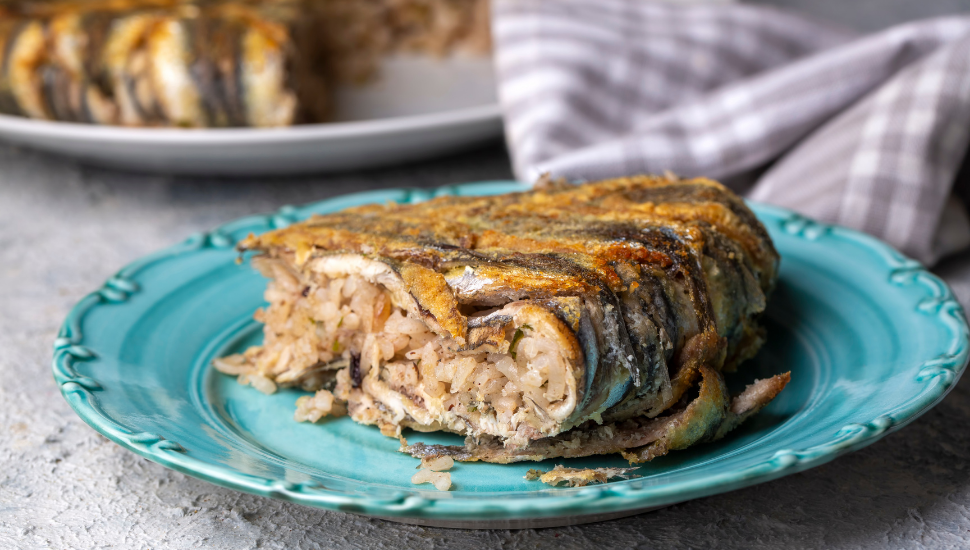
Hamsili pilav: Anchovies over rice
This common Black Sea dish is served in various ways, but in the city of Rize anchovies are made with rice to create Hamsili pilav.
Made with a stock comprising peanuts, fried onions, butter, Turkish allspice, raisins, dill and parsley, the diminutive fishes are layered over the rice and the entire dish is oven-cooked.
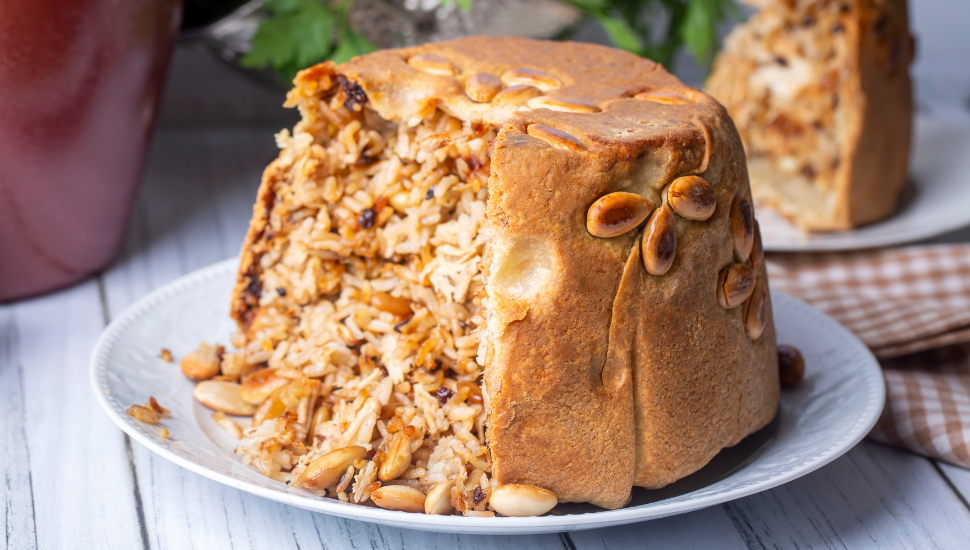
Perde pilav: Dough-wrapped rice dish
Commonly served at weddings, perde pilav was created in the town of Siirt.
Rice is cooked with chicken, currants, almonds, pine nuts and butter, then wrapped in a buttery dough.
The unique almost pie-like meal is loaded with symbolism for the happy couple - with rice representing fertility and the currants symbolising the children-to-come.
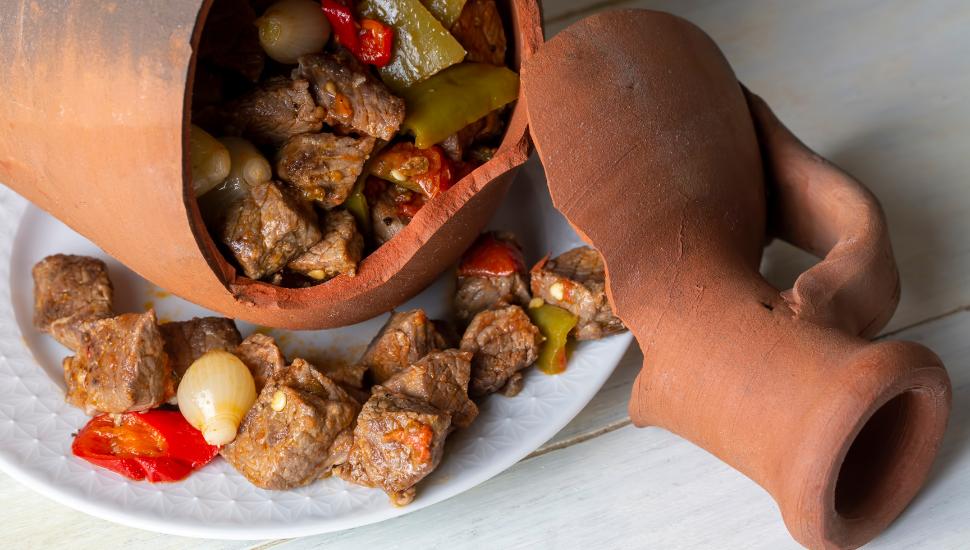
Testi kebab: The crackpot kebab
Arguably the most work-intensive way to make a kebab, this version involves placing beef, tomatoes and bell peppers inside a pot (made with red clay from the Kizilirmak River), then sealed with a potato slice. The pot is then wrapped in aluminium foil and oven-cooked.
The final step involves the cook smashing the pot open at just the correct point - creating a visually impressive dish - albeit one that might result in some extra dental work if pot fragments get consumed!
A very ‘testing’ kebab indeed.
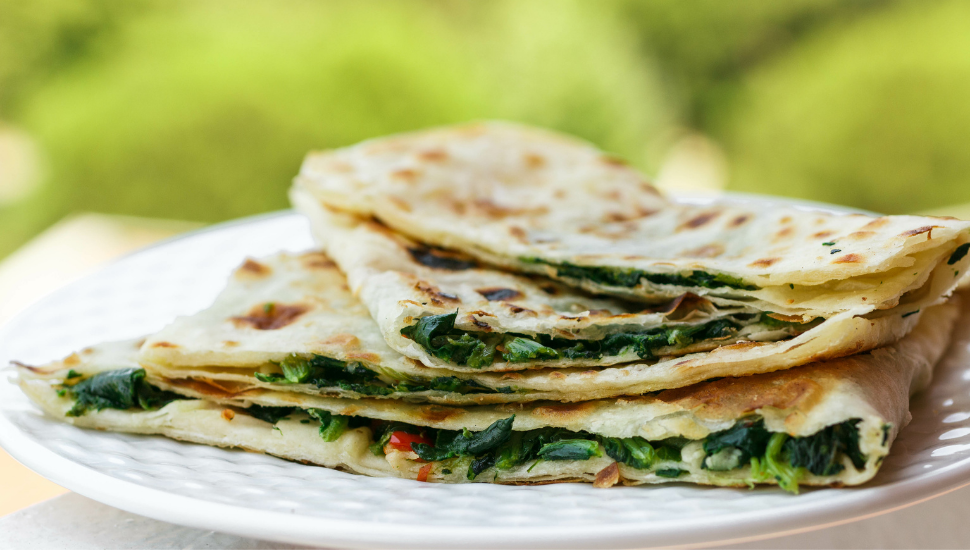
Gozleme: Flaky pastry with meat or cheese
Also known as sac boregi (similar to 'borek' in other former Ottoman empire outposts such as Serbia), gozleme are flaky pastries filled with salty cheese, spinach or minced beef.
A great snack to enjoy on the run, gozleme is considered a peasant food - although rolling out the paper-thin dough requires real talent!
A truly traditional Turkish food.
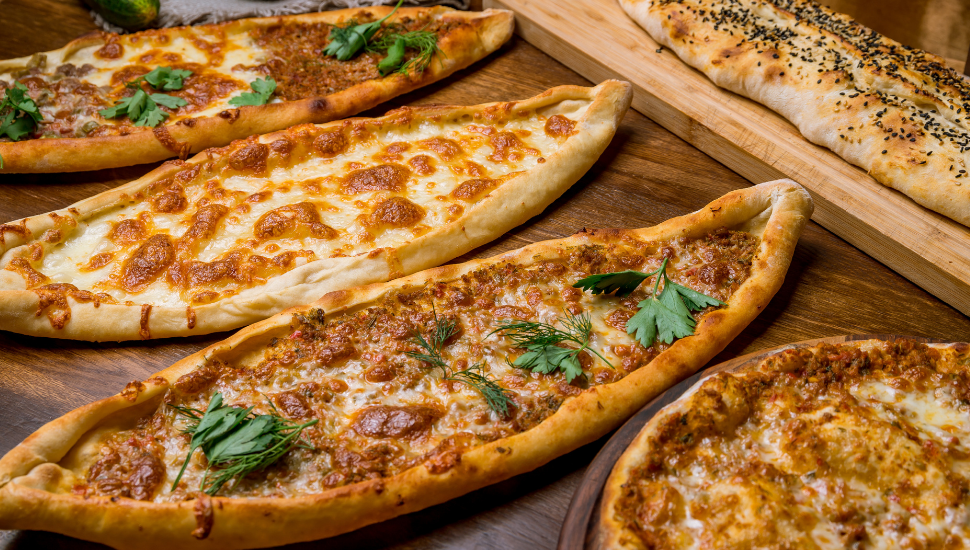
Pide: Stretched baked dough with various toppings
Pides are made by stretching out dough balls into a flat base - somewhat reminiscent of a boat - and then filling them with various toppings.
Spinach and cheese is a popular choice, but the most beloved is sucuklu yumurta - spicy Turkish sausage and egg skillfully combined with yellow sheeps' cheese.
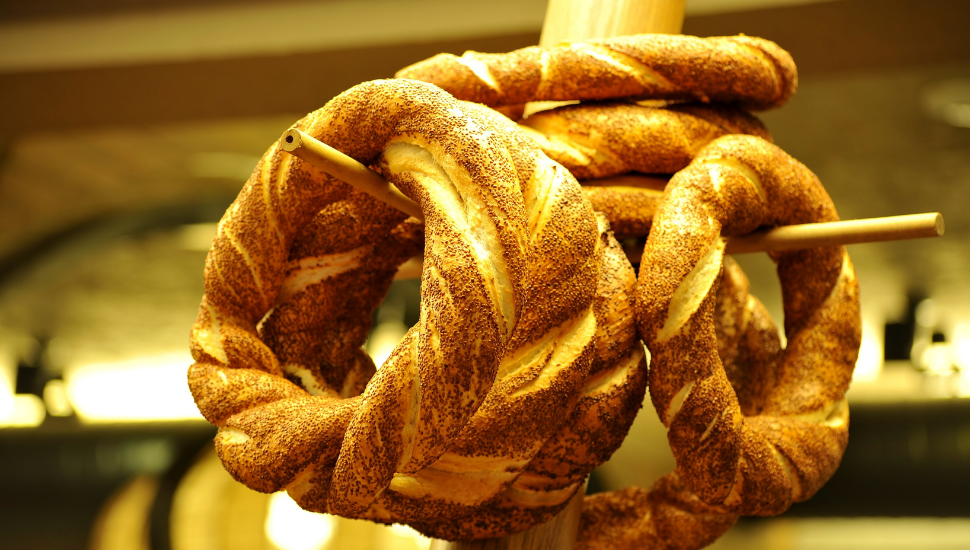
Simit: The ubiquitous bread snack
This circular bread is sold by street vendors and shops across Turkey.
Recipes vary. Most are encrusted with sesame seeds, but some feature flax or poppy seeds.
Depending on where you buy them, the size, crunch and chewiness of the simit can differ.
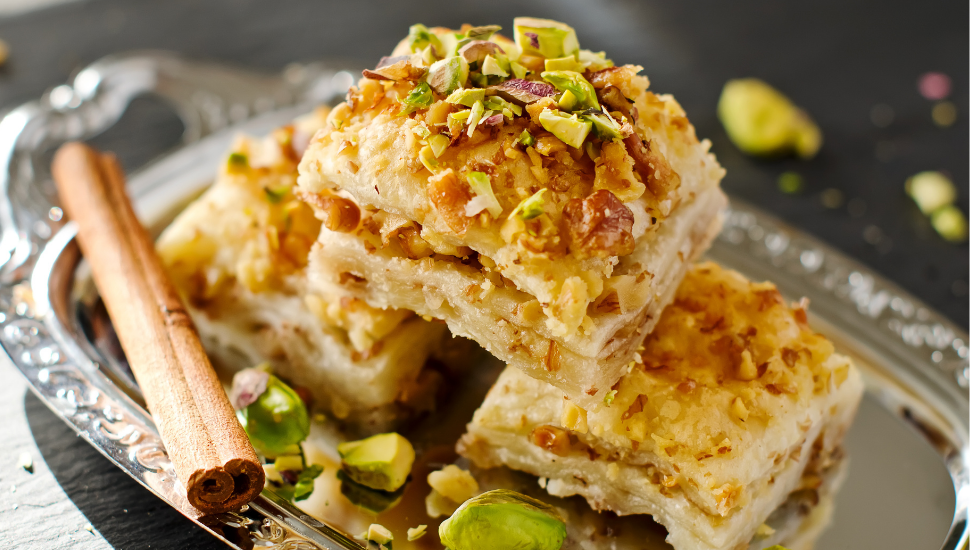
Baklava: The famously sweet pistachio treat
In Turkey's Southeastern Anatolia region the finest baklava is said to be made in a dark, cool room - the conditions required for stacking the dozens of pastry sheets needed for this world-famous Turkish delicacy.
The sheets are brushed with butter, then pistachios and honey are added. The result is then baked until it achieves the desired golden look.
Baklava is sometimes enjoyed with kaymak - comparable to Devonshire clotted cream.
Get a Quote